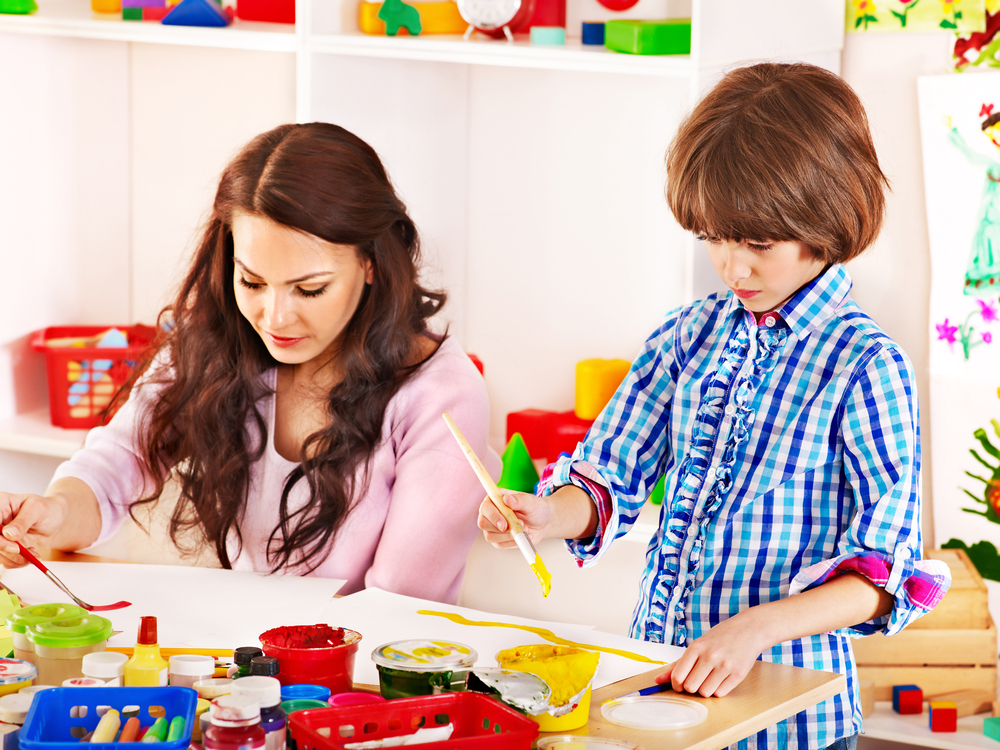Understanding greater than/less than Worksheets for Kids
1 filtered results
-
From - To
Question/Answer
How does the mastery of the Understanding greater than/less than skill affect a student's performance at an early age?
Mastery of the Understanding greater than/less than skill at an early age significantly enhances a student's numerical literacy, improves their ability to compare and order numbers, and lays a foundational skill set for advanced mathematical concepts. This understanding directly impacts their problem-solving abilities, boosts confidence in math, and fosters a positive attitude towards learning more complex mathematical operations and concepts.
How to train the Understanding greater than/less than skill in Preschool students learning about Sight Words?
Introduce the concept using visual aids like objects or images, sorting them into 'more than' and 'less than' groups. Use sight words in simple sentences (e.g., "4 is more than 2"). Incorporate hands-on activities, such as comparing groups of items, and practice with games that reinforce recognizing and using the terms 'greater than' and 'less than' correctly.
What are some effective activities to train students’ Understanding greater than/less than skill when teaching them about Sight Words?
To enhance understanding of greater than/less than skill with sight words, engage students in matching games where they compare sets of sight words on flashcards, sorting activities that categorize words into groups based on length or complexity, and interactive digital quizzes that adaptively challenge their recognition speed and accuracy. These activities promote active learning and reinforce comparison skills.












